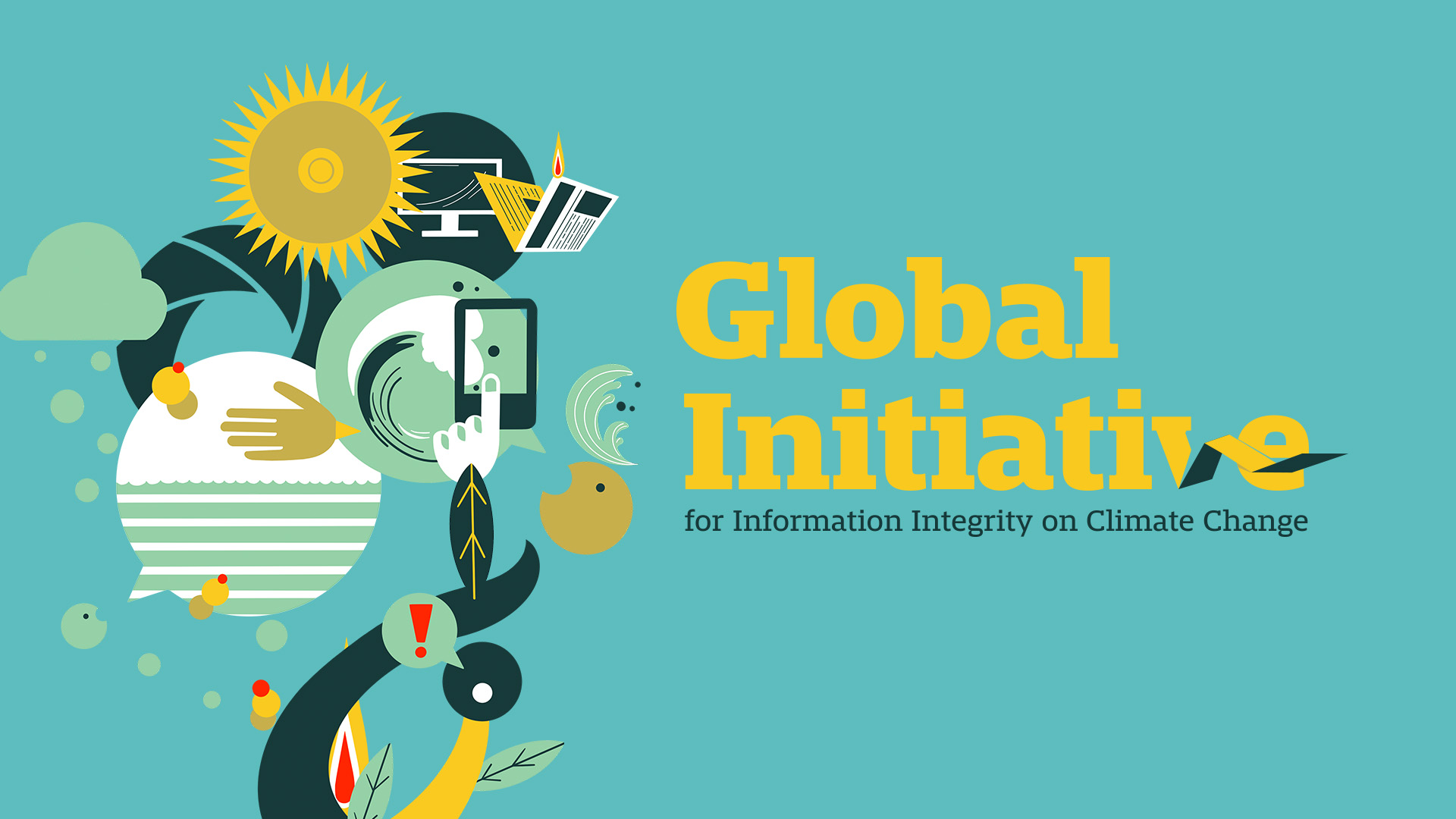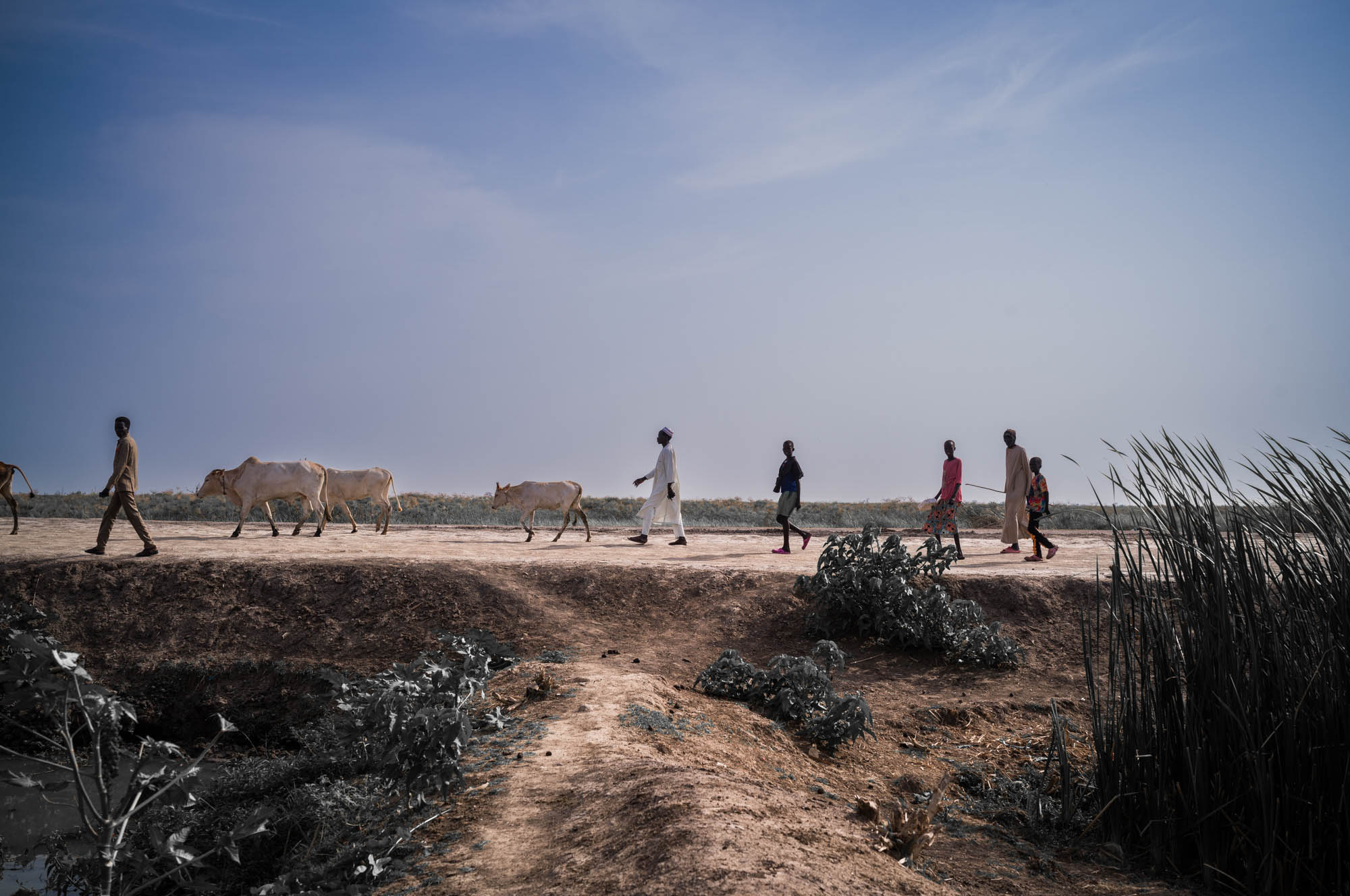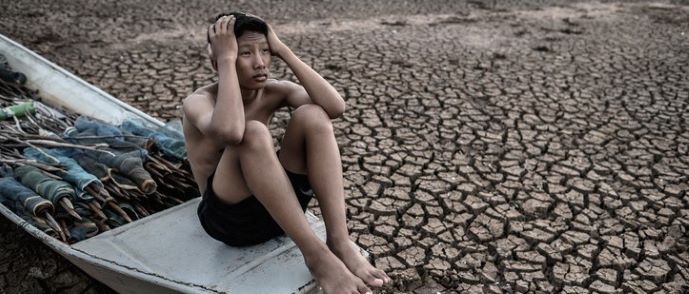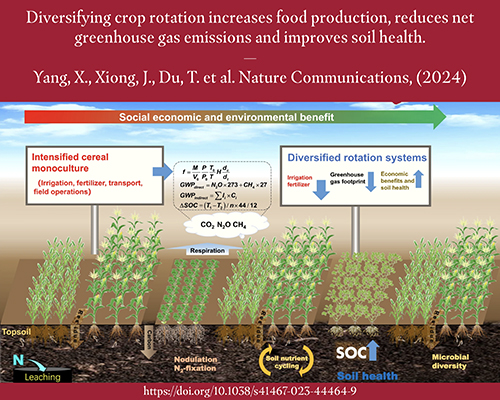
Editor’s Summary
Click the link to access the report on the Science website (Hong Wang, Junguo Liu, Megan Klaar, Aifang Chen, Luka Gudmundsson, and Joseph Holden).
February 27, 2024
Editor’s summary
Patterns of river flow vary seasonally, which has important effects on the occurrence of floods and droughts, degrees of water security, and ecology. What is anthropogenic climate change doing to these seasonal cycles? Wang et al. used in situ observations of monthly average river flow from 1965 to 2014, combined with modeling, to show that human effects on climate have already caused a reduction of river flow seasonality at latitudes above 50° N. Understanding these changes is necessary for ensuring that freshwater ecosystems maintain their essential functions, for securing sustainable water resources, and for determining allocations for irrigation or hydropower generation. —H. Jesse Smith
Report on Anthropogenic Climate Change and River Flow Seasonality
A recent report published on the Science website by Hong Wang, Junguo Liu, Megan Klaar, Aifang Chen, Luka Gudmundsson, and Joseph Holden examines the impact of anthropogenic climate change on the seasonal cycles of river flow. The study focuses on the effects of these changes on floods, droughts, water security, and ecology. The report highlights the importance of understanding these changes in order to ensure the maintenance of essential functions in freshwater ecosystems, secure sustainable water resources, and determine allocations for irrigation or hydropower generation.
Findings
The researchers utilized in situ observations of monthly average river flow from 1965 to 2014, combined with modeling techniques, to investigate the influence of human-induced climate change on river flow seasonality. Their analysis revealed that at latitudes above 50° N, anthropogenic climate change has already caused a reduction in the seasonality of river flow. This finding has significant implications for water management and conservation efforts.
Sustainable Development Goals (SDGs)
The report’s findings align with several of the United Nations’ Sustainable Development Goals (SDGs), including:
- SDG 6: Clean Water and Sanitation – The study emphasizes the importance of securing sustainable water resources, which is a key objective of SDG 6.
- SDG 13: Climate Action – The research highlights the impact of anthropogenic climate change on river flow seasonality, contributing to the understanding of climate change effects and supporting SDG 13.
- SDG 15: Life on Land – By examining the ecological consequences of altered river flow patterns, the study contributes to the preservation of terrestrial ecosystems, a goal of SDG 15.
Overall, this report provides valuable insights into the influence of anthropogenic climate change on river flow seasonality. The findings underscore the need for continued research and action to address the challenges posed by climate change and ensure the sustainability of water resources and ecosystems.
SDGs, Targets, and Indicators
-
SDG 6: Clean Water and Sanitation
- Target 6.4: By 2030, substantially increase water-use efficiency across all sectors and ensure sustainable withdrawals and supply of freshwater to address water scarcity and substantially reduce the number of people suffering from water scarcity.
- Indicator 6.4.2: Level of water stress: freshwater withdrawal as a proportion of available freshwater resources.
-
SDG 13: Climate Action
- Target 13.1: Strengthen resilience and adaptive capacity to climate-related hazards and natural disasters in all countries.
- Indicator 13.1.1: Number of deaths, missing persons, and directly affected persons attributed to disasters per 100,000 population.
The article discusses the impact of anthropogenic climate change on river flow seasonality. This issue is connected to SDG 6: Clean Water and Sanitation, as changes in river flow patterns can affect water availability and water security. Specifically, it relates to Target 6.4, which aims to ensure sustainable withdrawals and supply of freshwater to address water scarcity. The reduction in river flow seasonality caused by human effects on climate mentioned in the article highlights the need to maintain freshwater ecosystems’ essential functions and secure sustainable water resources.
The article also addresses SDG 13: Climate Action, as it discusses the impact of anthropogenic climate change on river flow patterns. This is relevant to Target 13.1, which focuses on strengthening resilience and adaptive capacity to climate-related hazards and natural disasters. Changes in river flow patterns can lead to increased risks of floods and droughts, which are climate-related hazards.
The article mentions the indicator 6.4.2, which measures the level of water stress by assessing freshwater withdrawal as a proportion of available freshwater resources. This indicator can be used to measure progress towards Target 6.4, as it provides insights into the sustainability of water withdrawals and the extent of water scarcity. The article does not mention any specific indicators related to Target 13.1, but the impact of changes in river flow patterns on the occurrence of floods and droughts can be considered as an implied indicator.
| SDGs | Targets | Indicators |
|---|---|---|
| SDG 6: Clean Water and Sanitation | Target 6.4: By 2030, substantially increase water-use efficiency across all sectors and ensure sustainable withdrawals and supply of freshwater to address water scarcity and substantially reduce the number of people suffering from water scarcity. | Indicator 6.4.2: Level of water stress: freshwater withdrawal as a proportion of available freshwater resources. |
| SDG 13: Climate Action | Target 13.1: Strengthen resilience and adaptive capacity to climate-related hazards and natural disasters in all countries. | Indicator 13.1.1: Number of deaths, missing persons, and directly affected persons attributed to disasters per 100,000 population. |
Behold! This splendid article springs forth from the wellspring of knowledge, shaped by a wondrous proprietary AI technology that delved into a vast ocean of data, illuminating the path towards the Sustainable Development Goals. Remember that all rights are reserved by SDG Investors LLC, empowering us to champion progress together.
Source: coyotegulch.blog

Join us, as fellow seekers of change, on a transformative journey at https://sdgtalks.ai/welcome, where you can become a member and actively contribute to shaping a brighter future.






